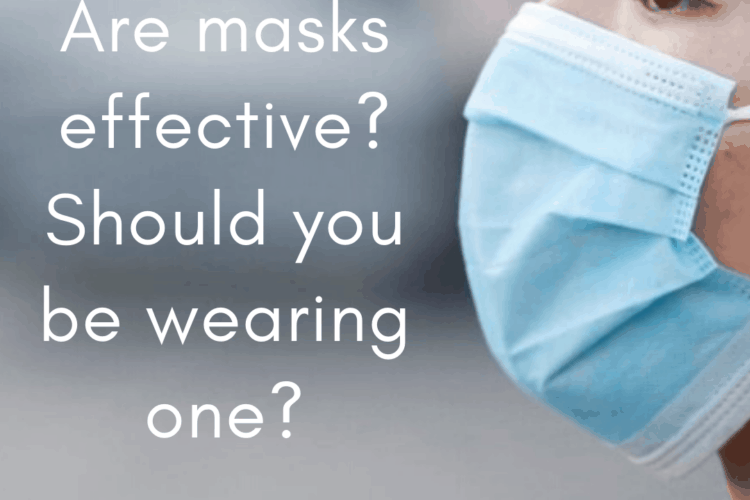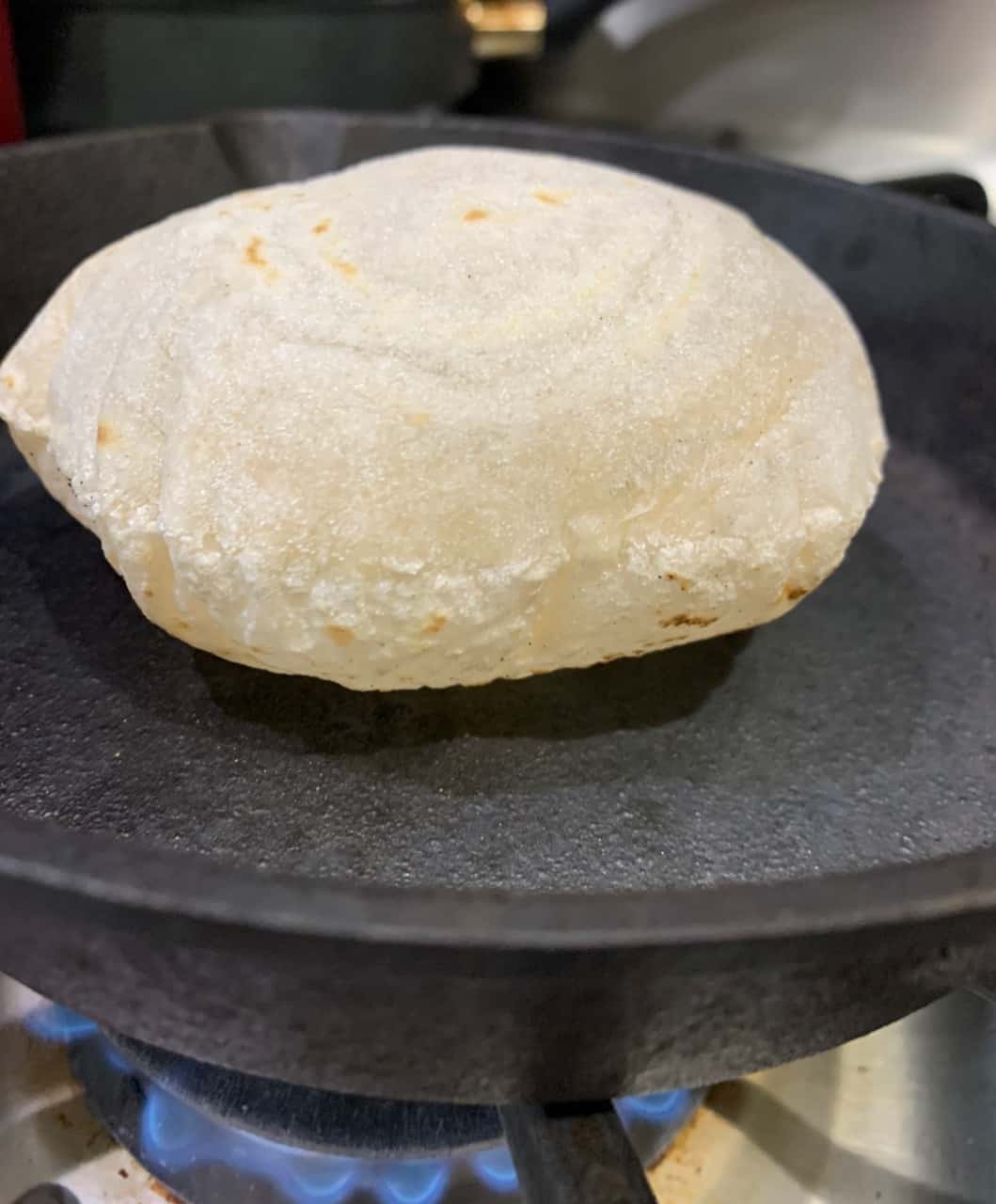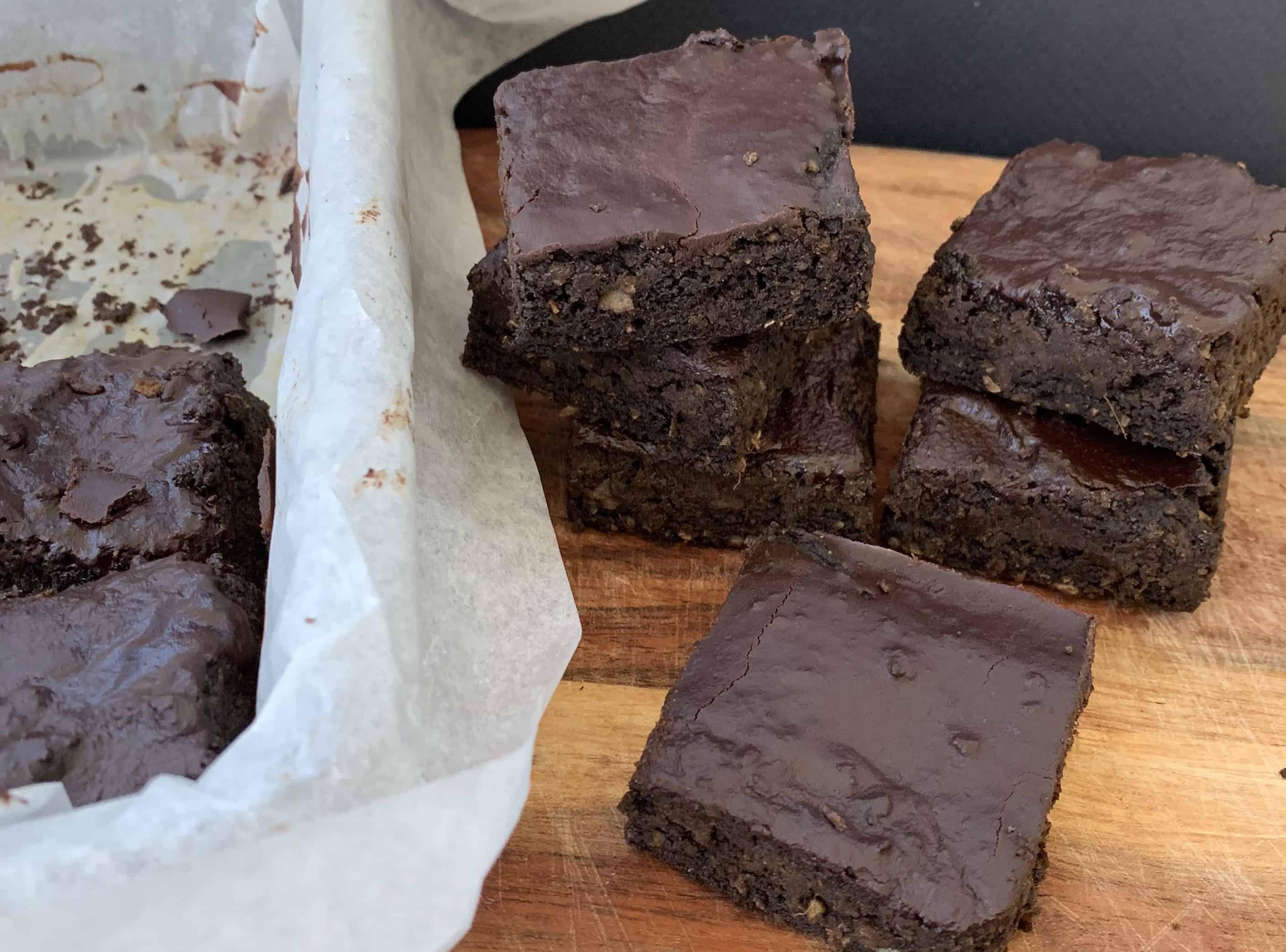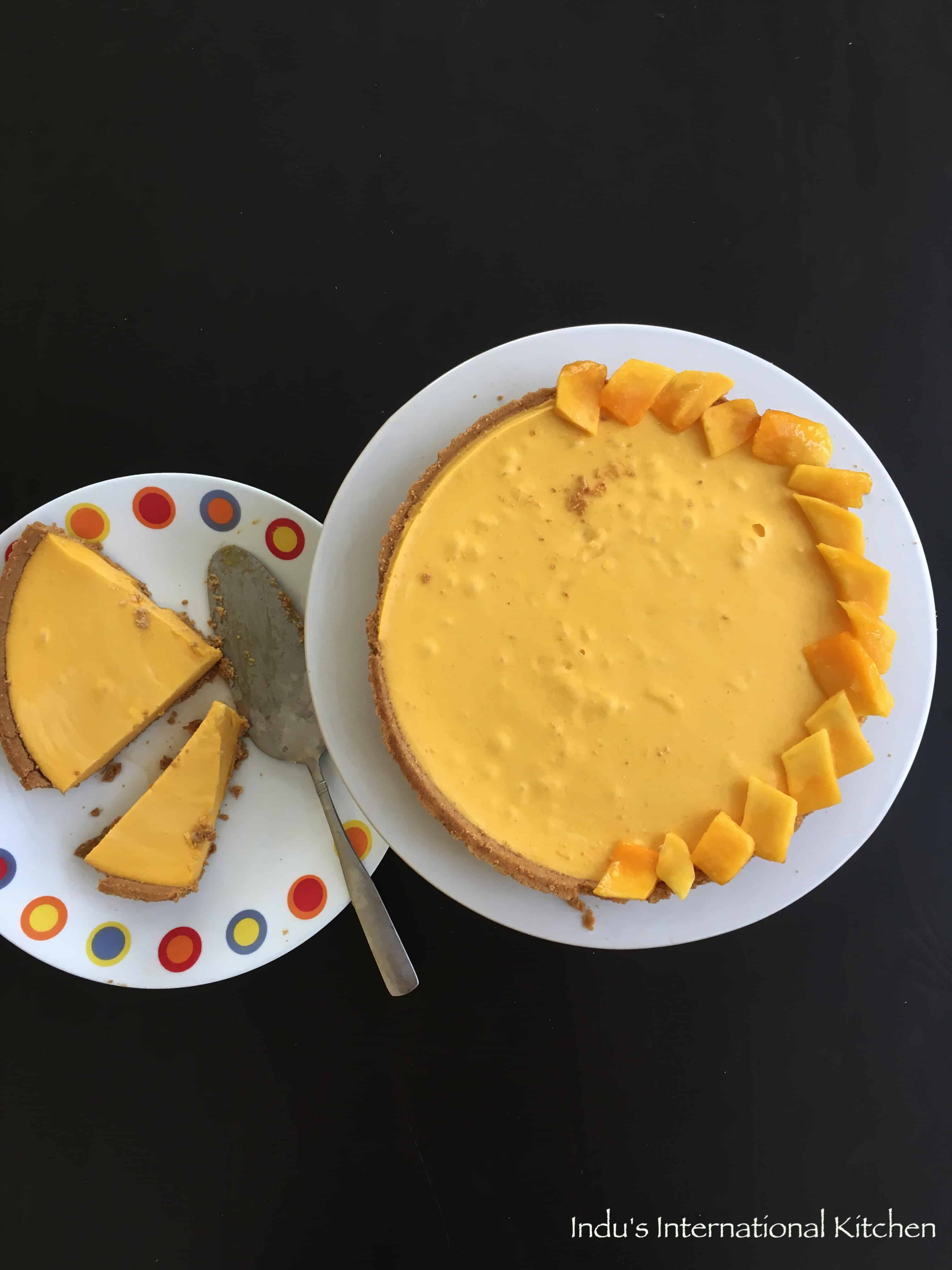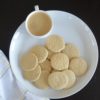 The corona virus has hit America hard. We didn’t see it coming and we didn’t prepare for it despite the warnings that China and Italy gave us. As we continue to deal with this pandemic world wide, what are some ways we can protect ourselves? Social distancing and stepping out only for essential tasks like groceries and doctor visits is what we all need to continue for the next 6-8 weeks until we see the curve flatten. In addition to that, we need to take maximum precautions whenever we go out and whenever we receive any mail or any package delivery. Washing hands has been talked about a lot and the CDC has given detailed directions on ‘When and how to wash your hands’.
The corona virus has hit America hard. We didn’t see it coming and we didn’t prepare for it despite the warnings that China and Italy gave us. As we continue to deal with this pandemic world wide, what are some ways we can protect ourselves? Social distancing and stepping out only for essential tasks like groceries and doctor visits is what we all need to continue for the next 6-8 weeks until we see the curve flatten. In addition to that, we need to take maximum precautions whenever we go out and whenever we receive any mail or any package delivery. Washing hands has been talked about a lot and the CDC has given detailed directions on ‘When and how to wash your hands’.
In Asian countries, in addition to hand washing, wearing face masks is highly encouraged as well and all citizens when they step out are urged to wear some form of mask. In the western countries like Europe and the US, wearing a face mask has not been considered useful for all and is recommended only for those who are sick (tested positive for COVID-19). Both WHO and the CDC do not recommend masks for people for preventing disease. But is this really a sound recommendation? Reports from Asian countries suggest otherwise and recently Lancet published an article that suggests that WHO should consider revising their recommendations.
The US Surgeon General had advised in February this year against buying masks for use by healthy people. One reason the government is discouraging widespread use of face masks is to preserve limited supplies for professional use in health-care settings. It is undoubtedly true that masks must be prioritized for health care workers in any country suffering from a shortage of personal protective equipment. But If face masks can prevent spread of infections in health care workers when caring for patients with respiratory infections, wouldn’t it be reasonable to expect that they would protect ordinary citizens too from getting infected when they are in an outdoor setting? Evidence suggests that COVID-19 could be transmitted before symptom onset which means that asymptomatic people who are outside are very likely to spread the infection in the community. Coughing and Sneezing are not the only way that virus infected droplets come out from infected patients. They can also come out when people talk loudly and this form of transmission is pretty common in a closed setting or in a crowded setting. According to a recent comprehensive article on this topic by ‘Wired’ , the smallest of these droplets, sometimes called aerosols, may hover or drift through the air for hours, potentially exposing anyone who enters that airspace. Hence, community transmission might be reduced if everyone, including people who are asymptomatic yet contagious, wear face masks. Masks help both ways – in the sick (and the asymptomatic and infected) they ‘catch’ the droplets so they are not dispersed out, and in those who are healthy, wearing a mask prevents any droplets (from the sick or the asymptomatic sick) from reaching them.
The authors of the above mentioned Lancet article suggest that people in quarantine should wear face masks if they need to leave home for any reason, to prevent potential asymptomatic or presymptomatic transmission. In addition, vulnerable populations, such as older adults and those with underlying medical conditions, should wear face masks if available. People suffering from autoimmune conditions and taking an immunosuppressant would fall under this high risk or vulnerable category. The authors also suggest that universal use of face masks should be considered if supplies permit.
But if there aren’t enough medical-grade masks for the general public, is it possible to make a viable substitute at home? And would such a DIY mask be even useful? Well, decades of scientific research, lessons from past pandemics, and common sense suggest the answer to these questions is yes.
According to a recent post in ‘The Washington Post’, there are good reasons to believe DIY masks would help a lot. Look at Hong Kong, Mongolia, South Korea and Taiwan, all of which have covid-19 largely under control. They are all near the original epicenter of the pandemic in mainland China, and they have economic ties to China. In all of these countries, all of which were hit hard by the SARS respiratory virus outbreak in 2002 and 2003, everyone is wearing masks in public. And this practice has helped them to control the covid-19 pandemic to a great extent.
A 2011 review of high-quality studies found that among all physical interventions used against respiratory viruses—including handwashing, gloves, and social distancing—masks performed best, although a combination of strategies was still optimal. So I think based on all the above, it seems it would make a lot of sense for everyone living in an area that is at high risk of the corona virus, wear a face mask to help reduce the overall risk of transmission in the community.
Now the next question would be what kind of mask to wear? A 2008 paper found that masks made from kitchen towels were about half as protective as surgical masks. In a studypublished in 2013, scientists compared the filtration efficiency of surgical masks to linen, silk, a scarf, a kitchen towel, a pillowcase, a vacuum cleaner bag, and masks that volunteers made from 100 percent-cotton T-shirts. The surgical mask performed best, followed by the vacuum cleaner bag and kitchen towel and the T-shirt masks were one-third as effective as the surgical masks. So clearly, even a mask made of fabric or a t-shirt can help even if it cannot offer the same level of protection as a surgical or a N95 mask. According to the Washington Post, the CDC is considering altering its original official guidance regarding healthy folks not wearing face masks in an effort to curb the growing coronavirus pandemic.
Below I am sharing some tutorials for making DIY masks for yourself and your family members or your community. They use different materials and range from a beginner level to moderate level of complexity so you can browse through these to see which one of these methods suits you! You can hand sew masks too for your family – you do not need to have a sewing machine. There are also some options for ‘ no sew’ masks. In my experience they are not very stable but I have listed one below. I hope one of the options works for you. Wear a face mask to protect yourself when you step out of your mask. But always keep in mind the following:
- Masks are not a substitute for other interventions; they must always be used in combination with social distancing and hand hygiene. Just because you are wearing a mask does not mean that you can go out more often than you need to.
- Always remember to wash and sanitize your mask after every use.
- And most important, take care of your health and your immune system by eating nutrient dense meals and getting adequate amount of sleep.
- How to sew a Face Mask – by the New York Times
- DIY tutorial on Fabric Masks and Denim Masks by Joann Fabrics
- Face Mask using a HEPA filter (vacuum filter) recommended by a doctor
- How to make a face mask from a Tshirt
- How to make a mask using fabric and flannel
- How to make a ‘No Sew’ Mask using glue
 References:
References:
- https://www.wired.com/story/its-time-to-face-facts-america-masks-work/
- https://www.washingtonpost.com/health/cdc-considering-recommending-general-public-wear-face-coverings-in-public/2020/03/30/6a3e495c-7280-11ea-87da-77a8136c1a6d_story.html
- https://www.nytimes.com/article/how-to-make-face-mask-coronavirus.html
- https://www.nytimes.com/2020/04/01/opinion/coronavirus-face-masks.html
- https://www.sciencemag.org/news/2020/03/would-everyone-wearing-face-masks-help-us-slow-pandemic
- https://www.thelancet.com/journals/lanres/article/PIIS2213-2600(20)30134-X/fulltext

